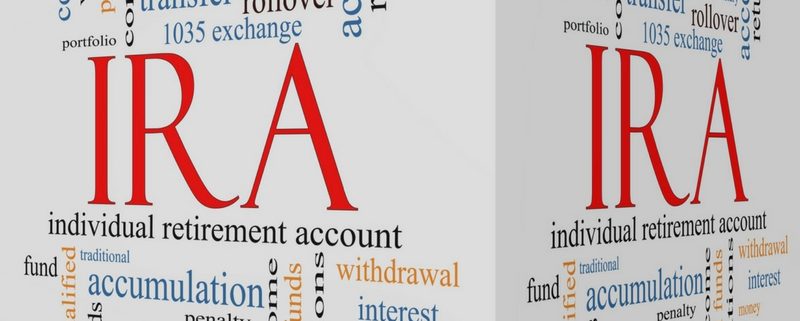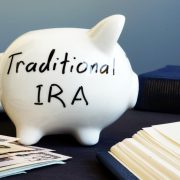What is a Self-Directed IRA and How Does It Work?
Are you tired of the same old retirement savings options? Maybe you’re looking for something with a little more flexibility and control over your investments. If that sounds like you, then you might want to consider a Self-Directed IRA. This unique type of retirement account allows you to invest in a wide range of assets beyond the usual stocks, bonds, and mutual funds. But what exactly is a Self-Directed IRA, and how does it work? Let’s dive in and find out.
The Basics of the Self-Directed IRA
At its most basic level, Self-Directed IRAs are just what it sounds like: an individual retirement account that you manage yourself. Unlike traditional approaches to IRAs, which limit you to certain types of investments, a Self-Directed IRA gives you much more flexibility to choose where to put your money. You can invest in things like real estate, private equity, and even cryptocurrency. The key is to work with a custodian that specializes in Self-Directed IRAs, who can help you navigate the rules and regulations around this type of investment. With traditional brokerages, you don’t typically have access to these types of investments in a retirement account.
So how does a Self-Directed IRA work in practice? First, you’ll need to choose a custodian to manage your account. This can be an IRA administration firm that, as the name might tell you, focuses on Self-Directed IRAs. Once you’ve set up your account, you can start making contributions just like you would with a traditional IRA. The key difference is that instead of choosing from a limited menu of investments, you’ll have much more flexibility to invest in a wide range of assets.
Self-Directed IRAs: More Freedom, More Responsibility
Of course, with that flexibility comes greater responsibility. You’ll need to do your due diligence when choosing investments, and make sure you understand the risks and potential rewards of each option. You’ll also need to make sure you’re following all the rules and regulations around Self-Directed IRAs, including restrictions on certain types of transactions and investments.
What are the Advantages of a Self-Directed IRA?
One potential advantage of Self-Directed IRAs is the ability to invest in alternative assets that may not be available through traditional retirement accounts. For example, if you’re interested in investing in real estate, you can use a Self-Directed IRA to purchase rental properties or even invest in a real estate investment trust (REIT). This can give you more exposure to the real estate market and potentially higher returns than you might get from traditional stocks and bonds.
Another advantage of a Self-Directed IRA is greater control over your investments. Instead of relying on a fund manager or investment advisor to make decisions for you, you can choose exactly where to put your money. This can be empowering for investors who want to take a more active role in managing their retirement savings.
However, it’s important to remember that with greater control comes greater risk. Investing in alternative assets can be more volatile than traditional investments, but can also offer you more opportunities. Of course, it’s important to remember that your individual decisions are going to vary. If you want to choose a more conservative route, you can do that. If you want a more volatile retirement portfolio, you can do that too. The idea is that you’ll give yourself more power to control what goes into your retirement account.
Interested in learning more about Self-Directed IRAs? Contact American IRA, LLC at 866-7500-IRA (472) for a free consultation. Download our free guide or visit us online at www.AmericanIRA.com.









